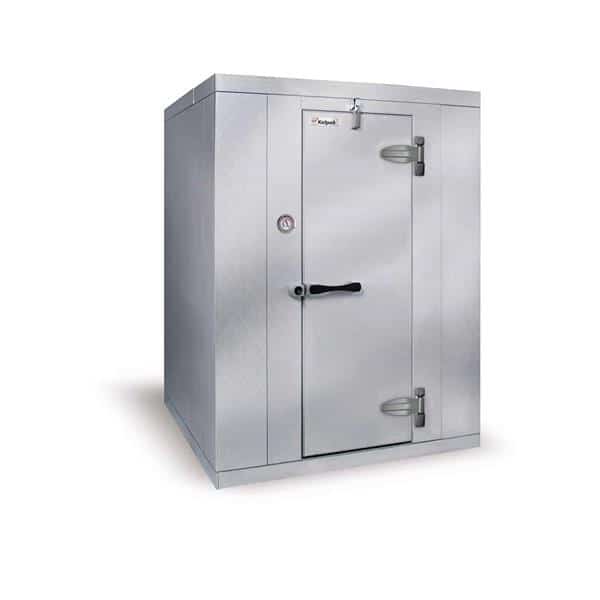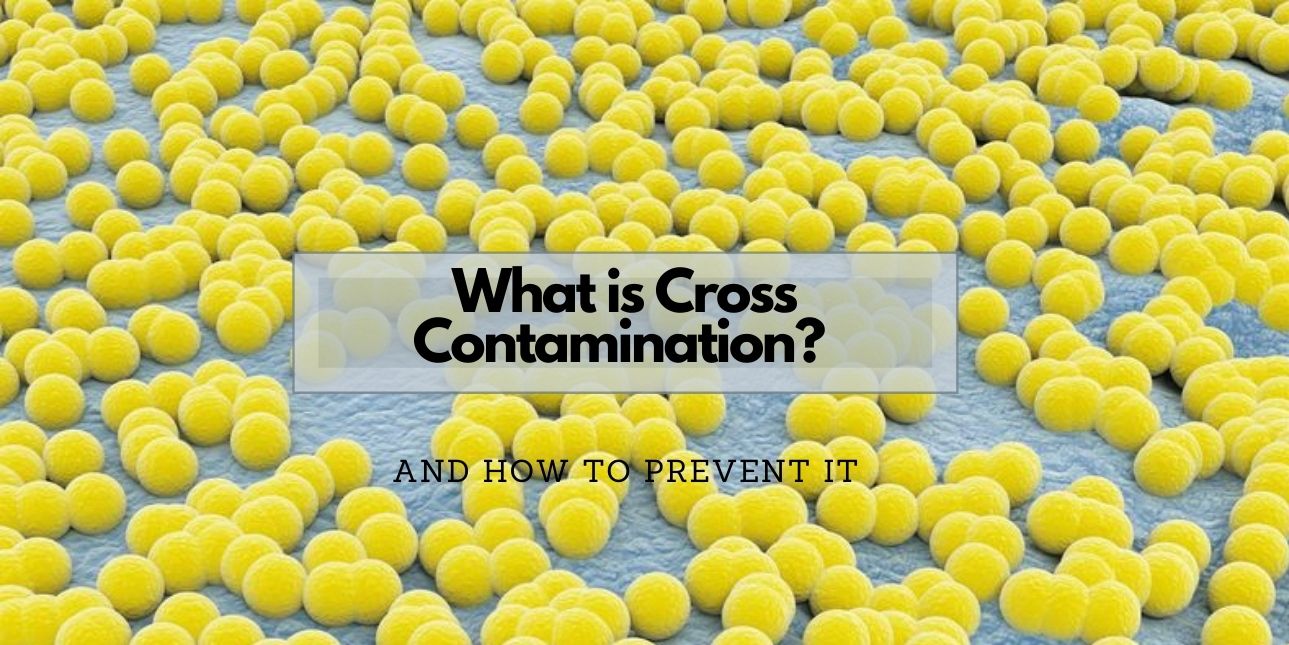We often associate Foodborne illness with a mistake the restaurant made during cooking, but it can just as easily be a product of how the chefs stored the food. Proper food storage in the refrigerator is important in preventing mishaps, such as cross contamination, among others.
But what is cross contamination?
The transmission of microbes from one surface or body to another is called cross contamination. Cross contamination is the leading cause of food-borne illness. It can involve the transmission of germs, food allergens, substances, or poisons–and can cause your customers to get sick.
Cross contamination is also avoidable if the necessary steps are taken. Aside from the obvious, such as “don’t purchase perishable food close to its expiration date that you don’t intend to eat right away,” much of preventing cross contamination lies in the storage of your food.
The right walk-in refrigerator or freezer can go a long way, but you still need to make efforts on your end to store the food in the proper manner.
What are the Different Types of Cross Contamination?

Cross contamination can occur in several ways. The top three catalysts for cross contamination are:
1. Food-to-Food Contamination
Contaminated food is often that which is raw, underdone, or incorrectly rinsed. Food like this is a breeding ground for salmonella, E. coli, staphylococcus, etc.
The foods that present the greatest danger of cross contamination are greens, sprouts, day old rice, unpasteurized dairy products, specialty cheeses, deli meats, eggs, white meat, red meat, and seafood.
2. Equipment-to-Food Contamination
Bacteria and other microorganisms can lurk on surfaces such as countertops, instruments, chopping boards, storage bins, and food production paraphernalia for long periods of time. This places the responsibility on you to ensure you cleanse these surfaces when handling foods prone to contamination.
It is imperative that you clean your knives after using them to avoid contamination.
3. People-to-Food Contamination
The most difficult instance of cross contamination to prevent is contamination by humans.
Coughing and sneezing are among the most common and easily identifiable methods of transfer, though others certainly exist. Not washing your hands (or not washing them in the proper manner) after coughing or sneezing is incredibly unsanitary and dangerous behavior. Thankfully, most restaurants take the enforcement of these practices seriously, but it is always important to reinforce strict discipline in cleanliness and hygiene.
Some obscure forms of transfer from person to food can stem from touching a bacteria-laden surface like your phone or wiping your hands on a filthy tea towel or apron. You may have been clean before, but one simple interaction with a contaminated item now leaves you at risk for the spread of harmful microorganisms. Be sure to stay vigilant when practicing proper hygiene.
How Should Food Be Stored to Avoid Cross Contamination
Now that you know all the ways cross contamination can occur, how do you work to prevent contamination from occurring?
Prevention begins with proper food storage in the refrigerator or freezer. It would be preferable to have a walk-in freezer to allow for greater space and organization. That being said, it would be a grave mistake to toss all your food into a fridge or freezer and consider the job done.
When storing foods, it is important to store them in such a manner as to prevent occurrences of contamination. For example, you should always store meat at the bottom of the fridge to minimize the risk of blood getting into other food stored within.
It is important to be proactive, diligent, and meticulous when storing food. Below are a few tips that will help you avoid cross contamination:
• Meat on the Bottom: When storing meat in the refrigerator, be sure to place it on the bottom. This way, any leaking juices don’t drip onto other non-contaminated foods.
• Separation is Key: Using separate bags for fresh foods such as raw meat and ready-to-eat items can only help with the prevention of cross contamination. You can never be too safe, and this is a simple way to be sure one hasn’t compromised the other.
• Limited Time Leftovers: After 2-3 days, leftover food should simply be thrown out. Don’t risk contamination by seeking to reuse food from a few days ago. This risk is not worth the reward–and there is no reward in getting sick from cross contamination.
• Keep Some Space: Avoid overloading your refrigerator to allow cold air the room it needs to circulate. This is an unfortunate mistake that you would not know you made until it was too late.
• Pre-Prepared Food: If the food is already cooked or ready to be served as is, then ensuring sanitary practices are upheld during handling is eliminated. One less step of the preparation process means one less step where cross contamination can occur.
Incorporating these tricks of the trade can reduce the risk of cross contamination. Mistakes happen, but they happen much less often when you promote safe practices that can quickly become second nature.
Ensure Cross Contamination is No Longer a Concern

Despite the scary consequences, cross contamination is much less menacing when you know how to combat it. Properly storing your food in the refrigerator and freezer is vital to prevent cross contamination, as are the intangibles such as diligence, mindfulness, and organization.
The last thing you want is a customer coming down with a food-borne illness, so enforcing strict adherence to the best health and safety practices is extremely necessary. Making sure you have top-notch refrigerators and freezers–along with appropriate usage and proper cleaning of such appliances–is also a big component of preventing cross contamination.
Remember, you only know you have a problem when it’s too late. So, if you never experience an issue, you know you are doing things correctly.






